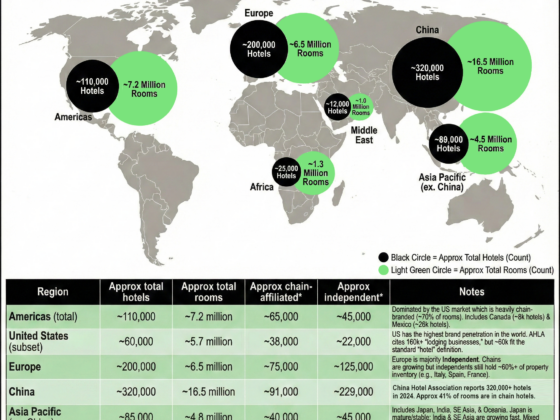
Are there any differences in turnover between frontline hospitality roles (e.g., housekeeping, food service, front desk) versus managerial positions?
Our report doesn’t break down turnover by job level specifically. However, industry patterns typically show frontline roles experiencing higher turnover rates than management positions. This is consistent with hospitality’s traditional career ladder structure, where entry-level positions often serve as stepping stones. Management roles, with their higher compensation and greater responsibility, tend to see greater stability.
What strategies have you seen successful hospitality companies use to reduce turnover? Any patterns in benefits, flexibility, or pay adjustments?
The best hospitality companies know that keeping great employees starts with paying them well, giving them flexibility, and investing in their growth. Winning strategies include things like competitive wages and performance bonuses, self-scheduling and better PTO policies to reduce burnout, and expanded benefits like mental health support.
Companies that prioritize career development and internal promotions keep employees engaged and less likely to leave for outside opportunities.
Culture matters, too—regular recognition and strong manager relationships go a long way in retention. With manager and peer reviews declining in February, companies may want to double down on engagement. Those who get it right build loyal, motivated teams, cutting turnover and strengthening their business in a competitive market.
The restaurant, food, and beverage industry had the lowest proportion of job openings. Could this signal an oversupply of workers, or are employers hesitant to expand their workforce despite demand?
It’s likely a mix of both. While labor availability has improved, many employers are still cautious about expanding. Economic uncertainty and tight margins in food service mean businesses may be focusing on retention rather than aggressive hiring. Automation and efficiency improvements—like self-service kiosks—are allowing restaurants to do more with fewer workers as well.







